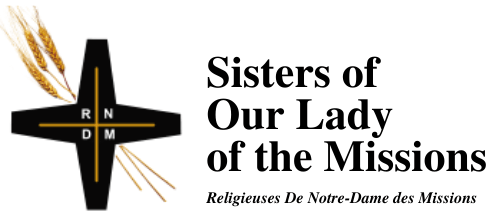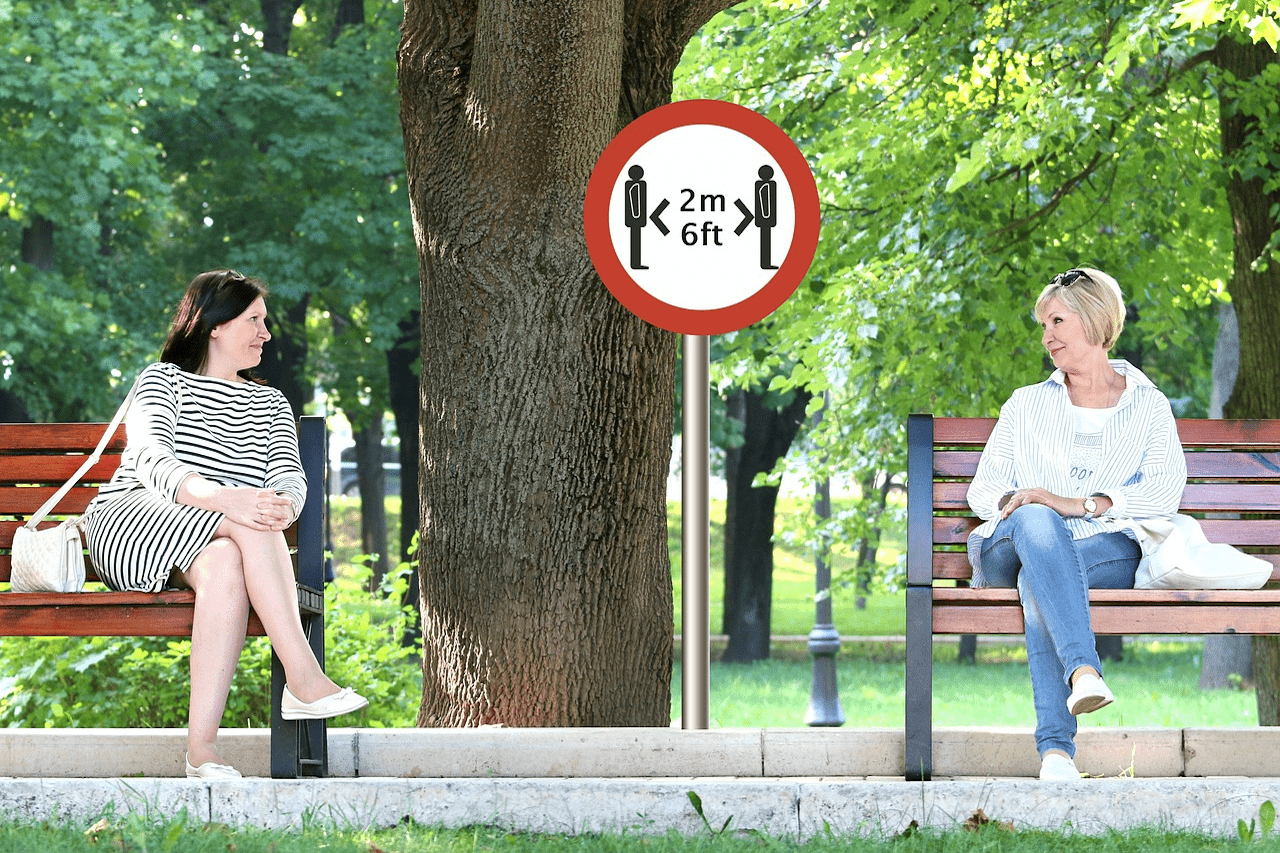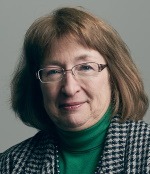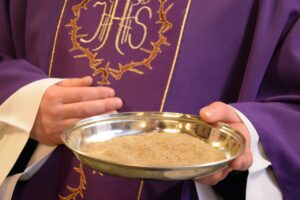Acts 4: 32-35 (RM) or Acts 3:32-35 (RCL); Psalm 118 (RM) or 133 (RCL); 1 John 5: 1-6 (RM) or 1 John 1:1-2:2 (RCL); John 20: 19-31.
I think most of us became more conscious of human touch during the pandemic shutdown. We learned that touch can be dangerous, spreading contagious sickness, leading to long-lasting suffering or even to an anguished death while gasping desperately for air. On the other hand, we became more aware of how life-giving the act of touch – appropriate touch, a touch offered and accepted – can be for our mental health and our sense of belonging to a human family.
But the rule of thumb then was—don’t touch. Don’t embrace. Don’t breathe, at least not on other people. All these precautions stand in stark contrast to the profound bodily beauty and intimacy of our Gospel readings last week and this week, an intimacy that does not sicken, but heals.
In John 20, the Easter Sunday Gospel, Mary of Magdala reached out to touch Jesus, her beloved teacher who suddenly, against all logic, had appeared and approached her as a living person. And he refused her touch. Instead he sent her as a messenger, giving her a primary responsibility and a commission that in effect founded the church as the community gathered in the name of the risen Christ.
So what do we make of this week’s story of Jesus’ encounter with Thomas the Twin? Why is this encounter different? Why does Jesus invite his touch? One simple reason could be that the Gospel of John was assembled and edited over a period of thirty years, from about 60-90 of the common era (A.D.) and several authors may have had a hand in it.
Each of these encounters is marked by the exquisite tenderness of Jesus in an intimate exchange with his closest friends, following the terrifying and traumatic events that led to his brutal execution. Here he invites Thomas to extend his hand and penetrate the jagged wounds that had caused Jesus’ death. We don’t know what Thomas did in response, but we read that he experienced a powerful transformation, a conversion experience. The text says he exclaimed “My Lord and my God,” a way of expressing how the Johannine community understood the divinity of the risen Christ. It also marks the Christian faith’s definitive break with Jewish monotheism.
What the two appearances to his friends in the locked room have in common is his greeting: “Peace be with you.” Peace, shalom, means wholeness and blessing, not merely quiet, and it was not a perfunctory ritual greeting, not here. After the past few days’ ongoing saga of betrayal, denial, fear, running away, and responding to the empty tomb by simply returning home — these men could not escape a reckoning with their own cowardice.
But retribution is not what they got. They got “peace.” They got forgiveness. They didn’t seek it and didn’t ask for it. It was the first thing the risen Christ said to them, behind the locked door of that enclosed room. He said it twice in the first meeting and again the second time. Their painful past was embraced and released.
After he breathed on them the presence of the Spirit, the risen Christ gave a commission to them as well – to be agents of forgiveness and peace to others.
Every time we pray the prayer Jesus left us, we pray in a general way to be able to forgive others, aware that we ourselves have been forgiven. Sometimes the call to forgive can feel like one is being guilted into letting some evil act pass, or letting some malevolent person get away consequence-free. It can feel like there’s no justice. It can seem like the victim is responsible, not the perpetrator.
If we think of forgiveness as healing instead, that may bring us closer to the deeper meaning. Did anyone ever tell you that it’s OK to take your time on forgiveness? Sometimes one’s anger, or pain, or trauma, needs more time to heal. Honour that process. And try to keep moving on the journey toward healing and peace, in order to grow strong enough to channel healing and peace to others who need it.
At the place of intimate union between the risen Christ and the infinite God, Source of all Being, there is peace. Be peace. Breathe peace. And be a source of peace for the world.
© Susan K. Roll
This is an edited version of the Reflection for April 11, 2021.
Susan Roll retired from the Faculty of Theology at Saint Paul University, Ottawa, in 2018, where she served as Director of the Sophia Research Centre. Her research and publications are centred in the fields of liturgy, sacraments, and feminist theology. She holds a Ph.D. from the Catholic University of Leuven (Louvain), Belgium, and has been involved with international academic societies in liturgy and theology, as well as university chaplaincy, Indigenous ministry and church reform projects.





”Peace be with you,” Susan! I so appreciate your reflections. Thank you.